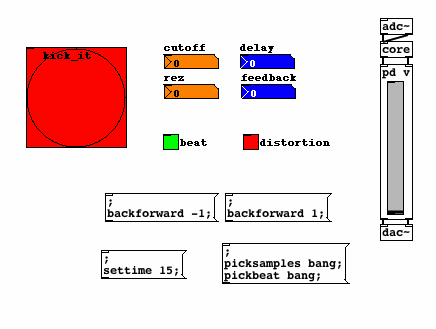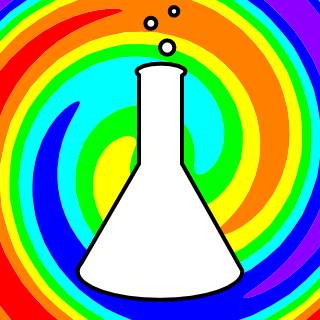Sept. 13, 2009
update: Oh wow, I completely forgot that there is already an awesome indie game called Dyson, thanks for reminding me, Dan!
Here's another AsteroidsTNG prototype. This asteroid field goes on until MAXFLOAT before looping (I think) and it contains up to 2^32 unique asteroids. I had to remove the collision detection, so you can fly through asteroids, but don't let that stop you from exploring! Oh wow, I just tested this on Internet Explorer and it runs hellishly slow. Sorry IE user, whoever you are. :(

(click on the image to play)
I think if I was ever to turn this into a proper game, I would call it Dyson, after the physicist Freeman Dyson who came up with the concept of the Dyson tree, which I would hope to work into the game. A short time ago I had the great fortune of briefly meeting Freeman Dyson's daughter and tech luminary, Esther Dyson, source of the following great piece of advice:
"Fail cheap. Fail fast. Fail often. Always make new mistakes."
-Esther Dyson
I am a huge fan of this philosophy, especially when it comes to rapidly prototyping software and games.
This game was written inside the jsGameSoup framework.
Writing games for javascript and the canvas tag feels a bit like being an eight year old again, trying to squeeze every last cpu cycle out of my parents' Apple //e. Good times!



